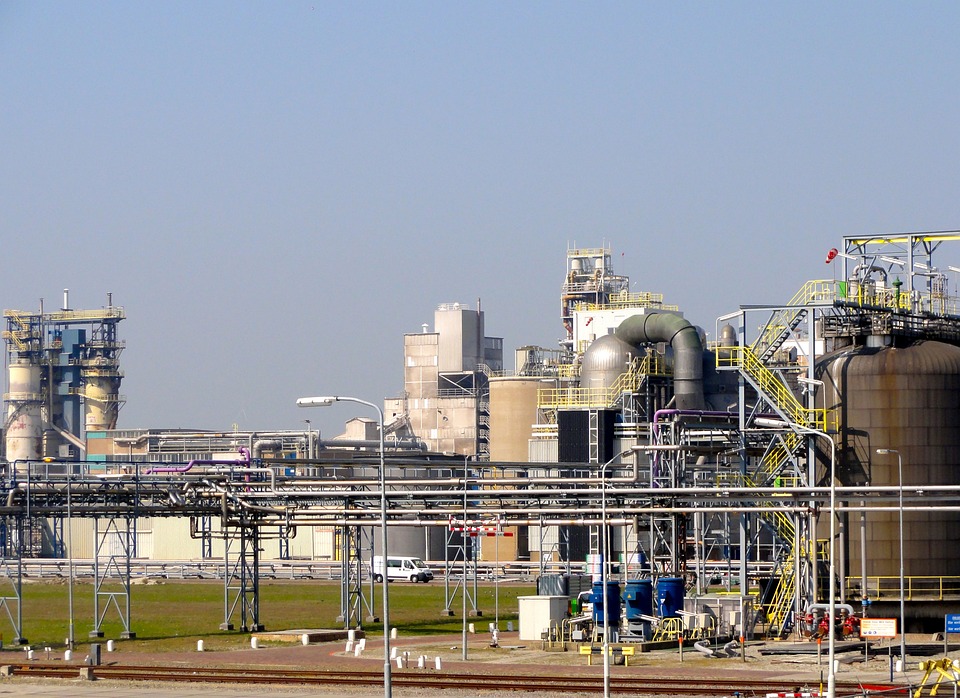“Forever chemicals,” specifically those in the PFAS family, have emerged as a persistent threat to both human and animal health.
These chemicals, known for their resistance to breakdown, are now prevalent in various environments, creating long-term health risks.
Despite the pressing dangers, action to mitigate PFAS contamination has been slow and costly, leaving many to question the consequences of inaction.
In a recent review, the UK Environment Agency emphasized its commitment to environmental protection, aligned with government sustainability goals.

Highlighting the complexity of PFAS remediation, the Agency cautioned that while decontaminating affected sites can be expensive, ignoring the problem will only increase the eventual burden.
In their statement, the Environment Agency announced a collaborative, cross-government chemicals strategy aimed at setting clear priorities for addressing hazardous pollutants like PFAS.
Across the Atlantic, the U.S. has taken decisive action.
In April 2024, the Biden administration launched funding initiatives to help rural, small, and underserved communities protect their drinking water from PFAS contamination.
This approach exemplifies the commitment necessary to confront PFAS, and some environmental advocates believe similar measures could benefit the UK.
Addressing PFAS is a costly challenge but one that demands immediate attention to protect communities and ecosystems. Tackling these “forever chemicals” proactively can ensure a healthier, more sustainable future for all.

